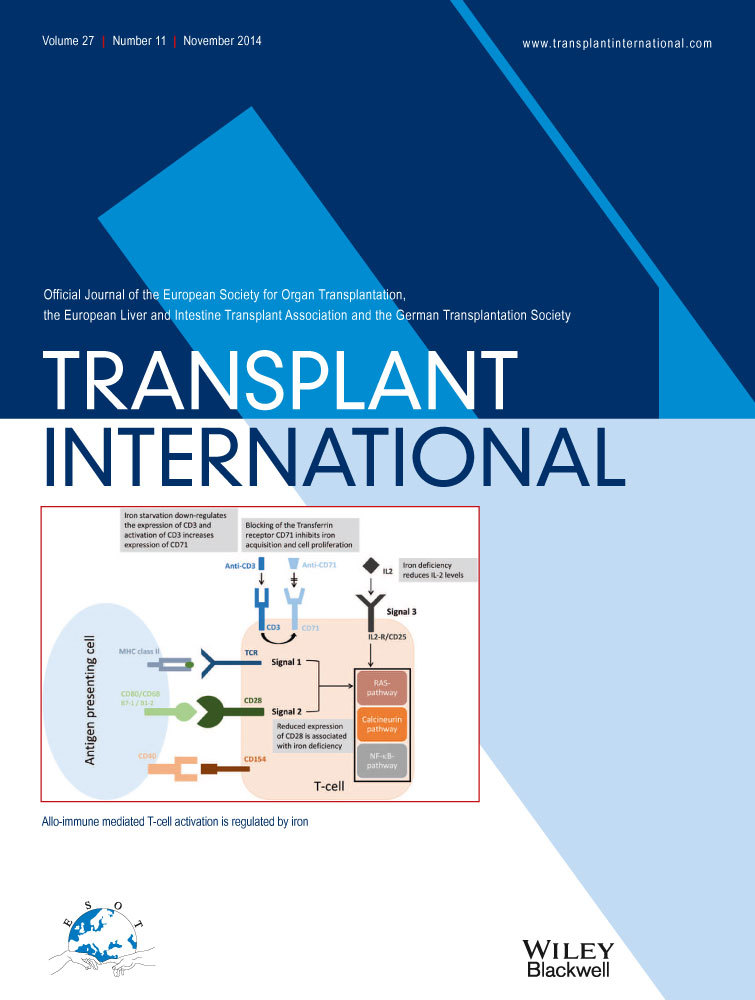Impact of adverse pancreatic injury at surgical procurement upon islet isolation outcome
Summary
The consequence of a pancreas injury during the procurement for islet isolation purpose is unknown. The goal of this work was to assess the injuries of the pancreata procured for islet isolation, and to determine their effect on the islet yield. Between January 2007 and October 2013, we prospectively documented every injury of the pancreata processed in our centre for islet isolation. Injuries involving the main duct were classified as major, the others as minor. Donors’ characteristics and islet yields were compared between the groups of injuries. A pancreas injury was identified in 42 of 452 pancreata received for islet isolation (9.3%). In 15 cases, the injury was major (3.3% of all pancreata). Although a minor injury did not affect the islet yield, a major injury was significantly associated with unfavourable outcomes (postpurification mean islet equivalent of 364 ± 181, 405 ± 190 and 230 ± 115 × 103 for absence of injury, minor injury and major injury, respectively). A major injury was significantly more prevalent in lean and short donors. We recommend assessing the quality of the pancreas in the islet isolation centre before starting the isolation procedure. Each centre should determine its own policy based on its financial resources and on the wait list.




